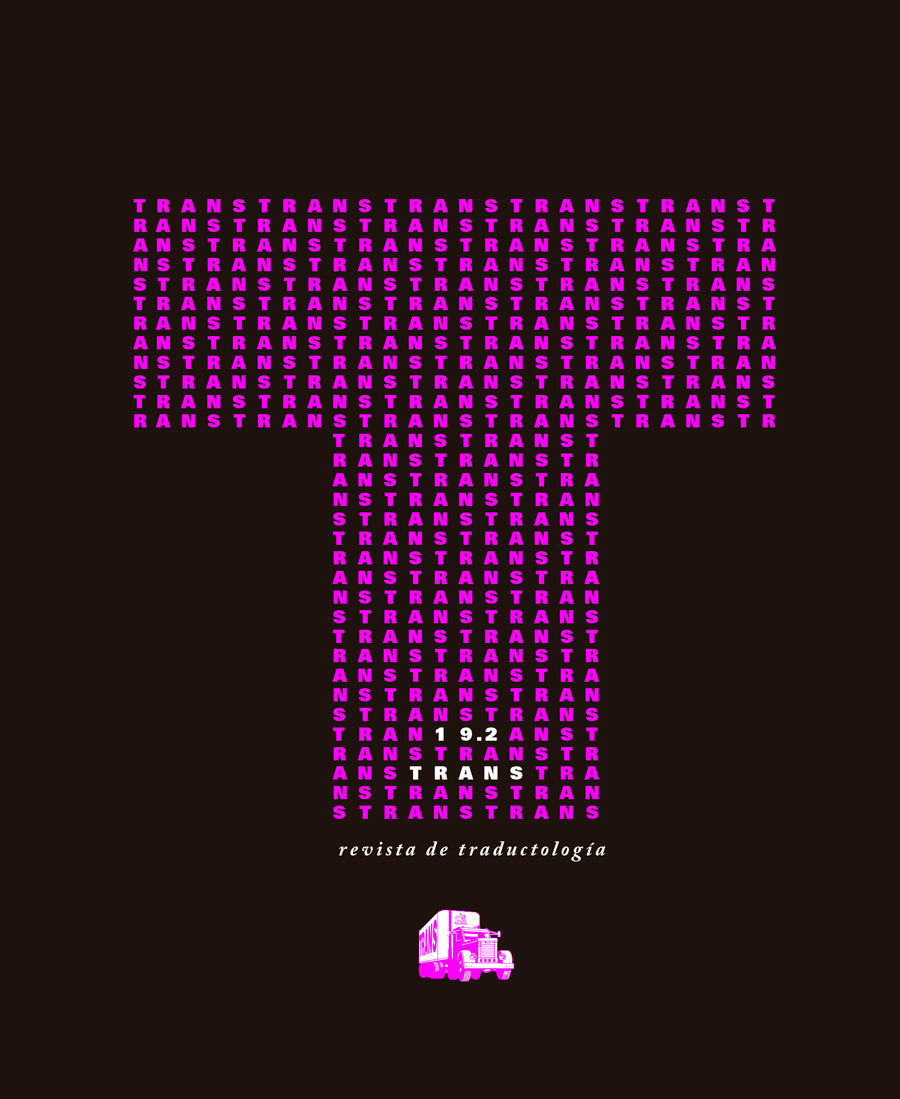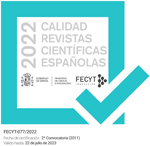La traducción de las fábulas de Esopo en el México colonial
DOI:
https://doi.org/10.24310/TRANS.2015.v2i19.2075Palabras clave:
Esopo, traductores nahua, Colegio de la Santa Cruz de Tlatelolco, evangelización.Resumen
Este artículo ofrece una nueva interpretación de las cuarenta y siete fábulas de Esopo traducidas anónimamente del latín al náhuatl clásico en el México colonial. Partiendo de estudios previos que habían señalado a estudiantes y tutores nahuas del siglo xvi del Colegio de la Santa Cruz de Tlatelolco como los probables traductores, este estudio indaga en su ámbito educativo e intenta explicar el método de aprendizaje del latín que seguía los ejercicios que sugería Quintiliano en su Institutio oratoria para parafrasear las fábulas de Esopo. Se explora además la naturaleza híbrida de la versión en náhuatl, al reconocer, por un lado, la retórica indígena de su estilo, indicado por Gordon Brotherston, como al destacar la manipulación del o los traductores cristianos en la transmisión de las fábulas. De hecho, se trata de un análisis completo de las fábulas que aspira a demostrar que deben haber sido traducidas con el fin de funcionar como historias o exempla para propósitos de conversión.
Descargas
Métricas
Publicación Facts
Perfil de revisores N/D
Información adicional autores
Indexado: {$indexList}
-
Indexado en
- Sociedad Académica/Grupo
- N/D
- Editora:
- Universidad de Málaga
Descargas
Publicado
Cómo citar
Número
Sección
Licencia
Todos los contenidos publicados en TRANS. Revista de Traductología están sujetos a la licencia Creative Commons Reconocimento-NoComercia-Compartirigual 4.0 cuyo texto completo puede consultar en <http://creativecommons.org/licenses/by-nc-sa/4.0>
Se pueden copiar, usar, difundir, transmitir y exponer públicamente, siempre que:
- Se cite la autoría y la fuente original de su publicación (revista, editorial y URL de la obra).
- No se usen para fines comerciales.
- Se mencione la existencia y especificaciones de esta licencia de uso.
- Compartir Igual — Si remezcla, transforma o construye sobre el material, debe distribuir sus contribuciones bajo la misma licencia que el original.
Los derechos de autor son de dos clases: morales y patrimoniales. Los derechos morales son prerrogativas perpetuas, irrenunciables, intransferibles, inalienables, inembargables e imprescriptibles. De acuerdo con la legislación de derechos de autor, TRANS. Revista de Traductología reconoce y respeta el derecho moral de los autores/as, así como la titularidad del derecho patrimonial, el cual será cedido a la Universidad de Málaga para su difusión en acceso abierto. Los derechos patrimoniales, se refieren a los beneficios que se obtienen por el uso o divulgación de las obras. TRANS. Revista de Traductología se publica en open access y queda autorizada en exclusiva para realizar u autorizar por cualquier medio el uso, distribución, divulgación, reproducción, adaptación, traducción o transformación de la obra.
Es responsabilidad de los autores/as obtener los permisos necesarios de las imágenes que están sujetas a derechos de autor.
Los autores/as cuyas contribuciones sean aceptadas para su publicación en esta revista conservarán el derecho no exclusivo de utilizar sus
contribuciones con fines académicos, de investigación y educativos, incluyendo el auto-archivo o depósito en repositorios de acceso abierto de cualquier tipo.













21.png)
